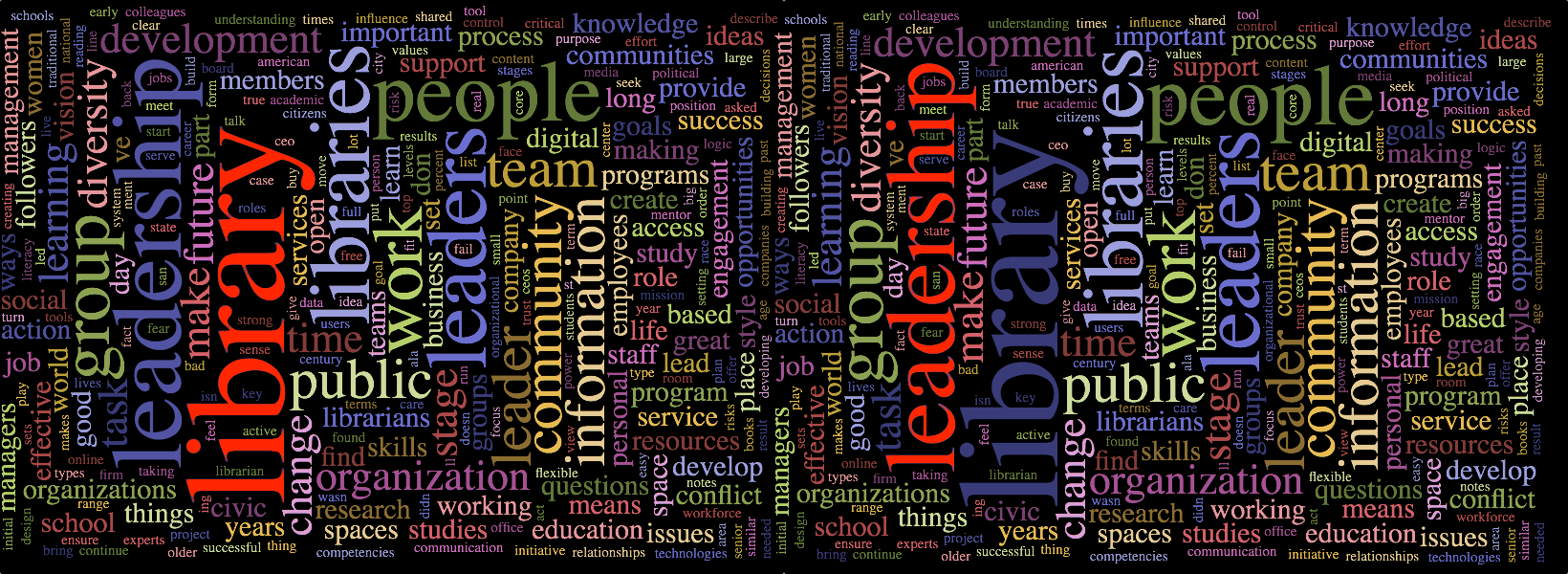Many years ago, someone who works as a professional therapist, told me that one key to maintaining positive relationships is to properly balance positives and negatives. She also made clear that because negatives register more readily than positives, a proper “balance” is at least seven positives for each negative.
As a boss, it’s easy to dish out negatives. In fact, some people seem to believe criticism is part of a boss’s job description. Superficially, it makes sense. The manager’s responsibility is to make sure everyone is doing their job properly, and to do so you have to tell them whenever they make a mistake or whenever they could be doing something better.
With a little further thought, however, it also makes sense that people do not enjoy being criticized and, if all they hear is criticism, they are not motivated to do their jobs well, but just to do their jobs.
Furthermore, in an environment that is subject to change or in an environment that is supposed to benefit from innovation and creativity, the fear of consequences that come from making mistakes inevitably stifles risk taking and innovation.
In other words, in a work environment that requires everything to function like clockwork and employees must follow rules carefully and precisely (eg: a McDonalds or a passport office), a boss who criticizes mistakes regularly may be valuable. However, in a work environment in which change and innovation are valued or customer satisfaction is a priority (eg: any work environment subject to technology change or a retail business), a boss must successfully balance any necessary criticisms with public recognition of even minor accomplishments.
Criticism discourages risk taking and innovation. A high criticism department in which the number of criticisms is the same as or even exceeds the number of complements is only effective in rigid, rote function work environments and creative, innovative, service oriented environments must both tolerate mistakes and provide high levels of positive reinforcement for work done well.
Of course, it’s not enough just to notice positives. As a leader, you have to articulate the recognition, ideally publicly but at least privately.
Positive acknowledgements can be simple, like these examples:
-
- “Thank you for a good day’s work.”
- “Closing went smoothly tonight, don’t you think?”
- “That memo you wrote was helpful.”
- “The suggestion you made jives nicely with other ideas we’re working on.
We’ll see how it goes.” - “I’ve noticed that you’re (always on time / always in a good mood /
supportive of your teammates / etc) and that makes my job a little
easier. Thanks.” - “I heard you gave Jill some flowers when her dog died. That was nice.”
Net positive work environments are more flexible, more satisfying, and ultimately more productive than work environments in which criticism dominates.
Perhaps understandably, public libraries used to operate more like the rigid structures of a McDonalds. With their strict cataloging systems, infamous rules about keeping quiet, and monopoly on information access, public libraries did not need to worry about change or customer service. In the age of the Carnegie library building boom, “If you build it, they will come” was an accurate description of the wider environment in which libraries operated. As such, the emergence of rigid work cultures that emphasized following procedures and rules, criticizing staff who made mistakes, and resisting innovation and change is hardly surprising.
However, the environment in which public libraries operate has changed. Dramatically. With the advent of the internet, ebooks, and other rapidly evolving means of preserving and disseminating information for their communities, public libraries need to update their work cultures. Libraries that seek out change, embrace experimentation, and emphasize positive reinforcement will find that their communities will embrace them as part of the future rather than view them as anachronistic representatives of a dead or dying past.
To that end, library leadership needs to publicly reinforce desired behavior (experimentation, a willingness to take chances and make mistakes, a willingness to bend the rules to support the patron). Leave the hard-nosed rules in the passport office. From Circ to Youth Services, embrace change. It’s a different sort of leadership requiring different skills, but they are all trainable. They are all learnable. Find and complement seven positives for each negative.
Simon Sinek said it well:
